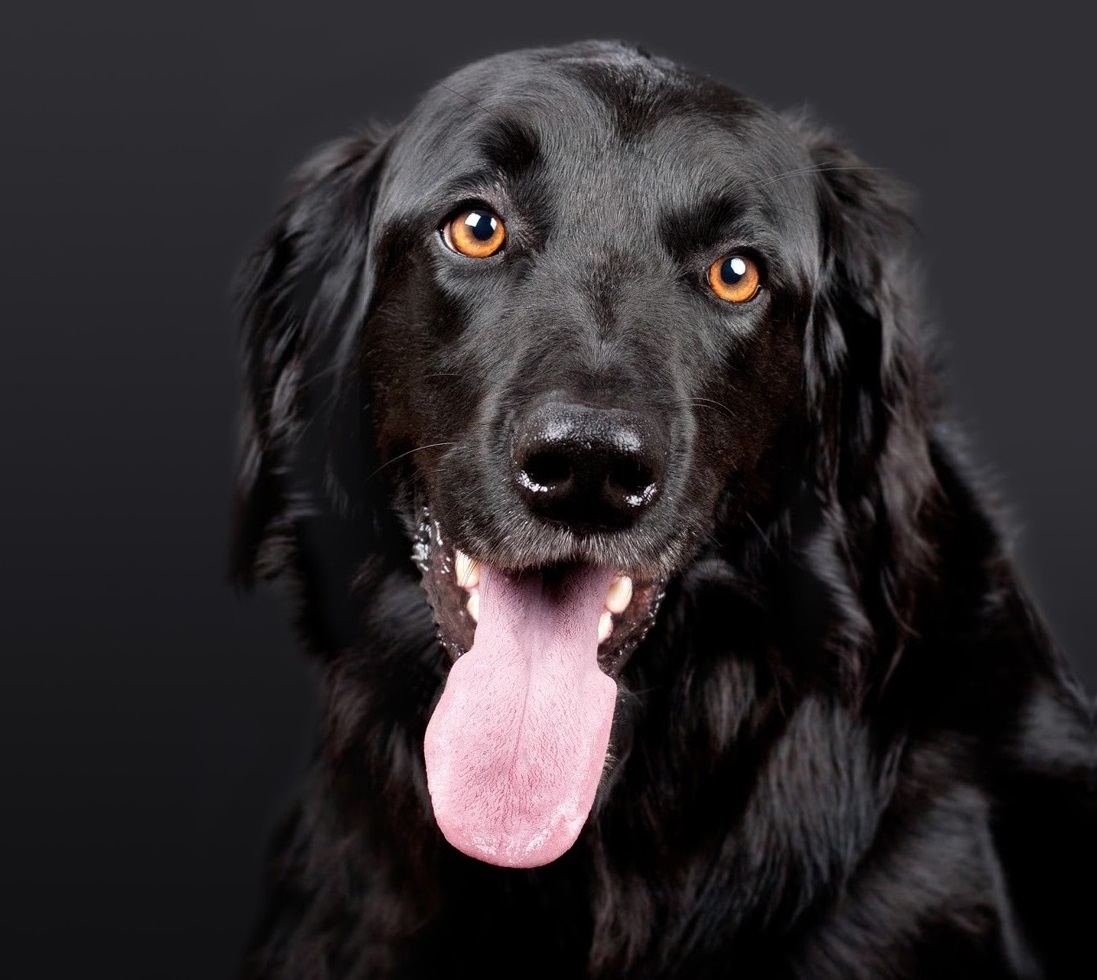Dogs benefit greatly from a regular obedience training routine. That guidance helps our canine friends understand how they fit in to our human world. Dogs aren’t born knowing how they’re supposed to behave, they learn through our patience, care and devotion to training. But the problem is, some owners assume training stops after puppyhood. Many owners will enroll their puppy into a training class to teach basic obedience, but after a couple of months that initial enthusiasm dries up.
Training your dog should be a lifelong commitment you practice beyond the classroom. There are many benefits to regular training which we’ll discuss below, but there’s one rather important factor – dogs can easily forget commands if they’re not often reinforced. So if owners fail to stick with a consistent training plan to correct a problem behavior, your dog can quickly slip back to their old ways. And of course, that’s something we want to avoid!
Here’s why a lifelong training regime is so important, how you can adopt a training for life routine, and we’ll teach you a new trick to practice with your dog.
Why you should train your dog regularly?
Practicing obedience everyday promotes a happier and heathier home environment for your entire family. It’s no secret that dogs are highly intelligent animals. They’re in tail-wagging bliss when completing tasks, and more importantly, they love to please us!
Mental & physical stimulation
Training can be mentally and physically stimulating for our dogs – both of which are crucial for your dog’s overall wellbeing. While many owners struggle with their pooch’s behavior problems, destructive streaks usually stem from boredom. The dog often has pent up energy and no outlet to burn off steam, which is why many owners will catch their dogs chewing up furniture, raiding the trash and bouncing off the walls.
Remember, if you do not employ your dog and give them a job to do (training), they will become ‘self-employed’. These dogs work on their own (often destructive) terms and by their own schedule which can cost you money long term. But by putting your dog’s mind to work you’ll give them something constructive to focus their attention, as well as reduce their energy levels as a whole. This will leave your dog less likely to search for inappropriate ways to entertain themselves.
To keep your dog’s mind occupied while you are at work, check out this blog article with 5 trainer-approved games for your dog.
Strengthen the bond
Regular training can also strengthen the relationship between you and your dog. Those one-on-one sessions can be invaluable for building trust and growing your bond. When you build a relationship based on respect, your dog will be more likely to listen to you in everyday situations.
An active mind throughout life
Evidence by veterinary professionals also suggest that mental stimulation and a consistent training program can help slow down cognitive dysfunction in senior dogs. Some dogs are sadly prone to confusion and memory loss in old age, but by keeping your dog’s mind active throughout life you’ll keep their brain sharper for longer.
Establishing a daily training routine
Adopting a regular training program doesn’t have to be hard work. Once it’s made part of your daily routine, it can be a fun and rewarding experience that you and your dog will look forward to. Here at Offleash K9 Training, we recommend up to 30 minutes of training per day.
For example: during your morning walk, you can practice heel, leave it, and stay before crossroads. Then, take five minutes before you head off to work to reinforce additional commands your dog already knows. This will not only keep old commands fresh, but your dog will feel calmer and less stressed about you leaving for the day.
You could then have a ten-minute evening session to again reinforce known commands and use the last five minutes to introduce a new command or trick.
Trainer tip – Learning New Skills
To keep training fresh and fun, try teaching a new trick that builds on the commands your dog already knows. For example, if your dog understands ‘paw’, you can develop this action to teach them ‘wave.’ If your dog understands ‘sit’, the next step can advance into ‘beg’ or ‘sit pretty.’
In this video, one of our trainers shows how you can teach your dog ‘low crawl’ after mastering the ‘down’ command.
Advanced Obedience Training
If you’ve completed our Basic Obedience program and are interested in continued training, check out our Advanced Obedience Training Package. Here you can choose which skills to focus on, such as extended distance sit and down, where your dog will follow commands while 50+ yards away. Learn more here.

